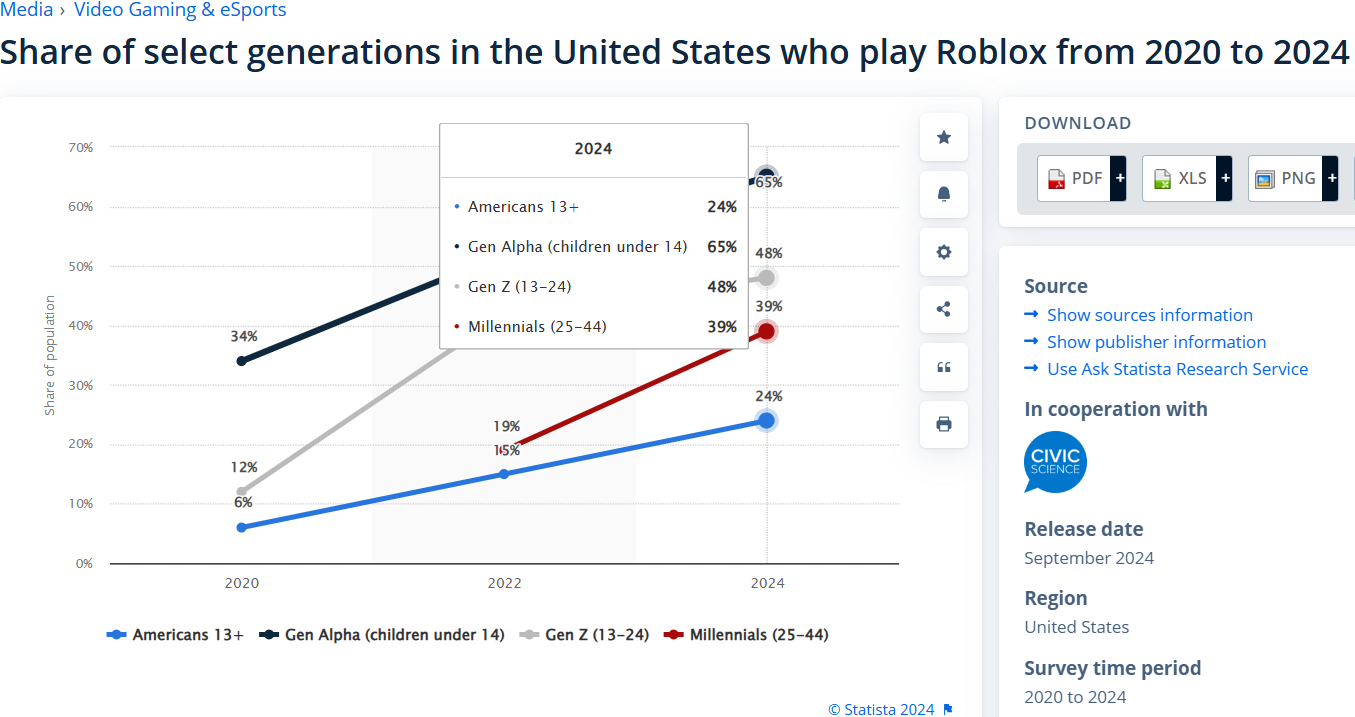
Is Immersive Advertising Making a Difference in Market?
Isn’t it fun to interact with Snoop Dog and Ice Spice in a virtual world like they are your comrades on the battlefield? With the use of AR (augmented reality), one doesn’t need to venture out to buy a sofa. One can experience a sofa before purchasing it. That’s what immersive advertising is all about—transforming ads into experiences that go beyond traditional screens and into a world that consumers can explore.
We live in an era when advertisers are leveraging tools like augmented reality (AR) and virtual reality (VR) not just to advertise brands but to create experiences for their audience.
This shift means consumers are no longer passive viewers; they’re stepping into the ad, interacting with it, and customizing it to their needs.
In today’s marketing world, brands craft campaigns for the Metaverse, where ads are designed as interactive environments. But even with all this excitement, immersive advertising has its hurdles. Let’s dive into the rise, reach, and roadblocks of immersive advertising and see how it’s transforming the industry.
Everyone’s competing to win the “attention economy,” a driving force behind the rise of immersive advertising
With smartphones laced into everyday life, grabbing attention is easier and harder all at once. As of 2024, the U.S. has over 310 million smartphone users, with a penetration rate of over 96 percent. Internet access is at our fingertips, and people use smartphones for everything from entertainment and shopping to staying informed. Static images, short videos, and bite-sized content aren’t enough anymore; immersive ads in the form of AR and VR are changing the game, offering consumers more interactive experiences.
Brands are getting creative to stand out. Forget run-of-the-mill ideas — they’re now innovating how consumers interact with them through AR and VR ads. This push to capture audience limited attention isn’t just a trend; it’s a part of the “attention economy,” a term coined by Nobel laureate Herbert A. Simon in 1960. Attention has become a priceless asset in a world where brands battle for it daily.
In a competitive market like furniture retail, brands like Amazon and IKEA have introduced AR campaigns to engage customers meaningfully and save them time. Now, consumers can preview items, visualizing them in real-time scenarios before making a purchase decision. Imagine trying to feel the texture of a wooden table through a VR set — that would certainly grab anyone’s attention.
The AR market in e-commerce is expanding rapidly, with mobile augmented reality revenue in 2023 estimated to reach $12.8 billion. E-commerce brands are taking notice, integrating AR into their websites and social media channels. The global revenue for AR advertising is projected to hit $5.2 billion in 2024, and the trajectory only goes up, signaling growing interest and engagement from consumers who want more than just a glance.
The gaming industry has made immersive advertising the next big thing for Gen Z and Gen Alpha
Immersive ads are just a part of the digital landscape for these new generations, largely thanks to the gaming industry’s influence — much like how Oracle and Facebook brought social media to Gen X and Millennials. Games like Fortnite, Among Us, and Roblox have become virtual playgrounds where brands, celebrities, and collaborations are front and center for young audiences.

The gaming industry boasts one of the most significant shares of Gen Z and Gen Alpha. A striking 62 percent of Gen Alpha gamers play for more than five hours a week, compared to 17 percent of Gen Z gamers. Recently, Domino’s Pizza teamed up with Fortnite to connect with young players directly through an in-game experience. For Gen Z and Gen Alpha, brands are no longer just ads; they’re part of the virtual world they explore and interact with daily.
While Millennials, Gen Xers, and Boomers grew up with static ads, videos, and live events, these younger generations live in digital simulations and experience brands in entirely new ways. Immersive advertising has evolved from novelty to norm, transforming how brands engage with tomorrow’s consumers.
Immersive advertising is spearheading every industry, from healthcare to real estate
The healthcare, real estate, tourism, and entertainment industries have invested in immersive advertising strategies. In the buzzing market landscape, enterprises should adopt and evolve their positioning among young consumers.
With progressive advancements in the medical and healthcare industry, it only makes sense to make citizens aware of and experience the usage of the product or service. Potential consumers can understand the impact and utility through interactive and experiential ads.
The real estate and tourism sectors are making profits and driving their sales by providing free virtual tours. These tours allow customers to understand what they will get into before making an actual purchase.
However, the road to success has a few challenges that brands, society, and advertisers must understand.
Brands must think of solutions to the challenges in immersive advertising
While we’re in a golden age of technology, everything has its downsides. The first issue with immersive advertising is its limited reach—it can’t capture 100% of customers because it relies on smartphones and internet access.
The second issue is accessibility. VR simulations require a headset, internet, and specific equipment, which are only affordable for some, especially in a high-inflation era.
The third issue is content creation. Repetitive content can make immersive ads less appealing over time. Think of YouTube ads—they were once popular, but now many users are keen on finding effective ad blockers. Keeping audiences engaged in a space crowded with brands and an active population may not serve advertising strategies in the long run.
Cut to the chase
Immersive advertising has become the favorite child of every industry. Brands craft and curate their marketing strategies from gaming to healthcare by adopting immersive ads. As industries adapt, immersive advertising will continue to evolve, blending creativity with technology to redefine consumer engagement.

